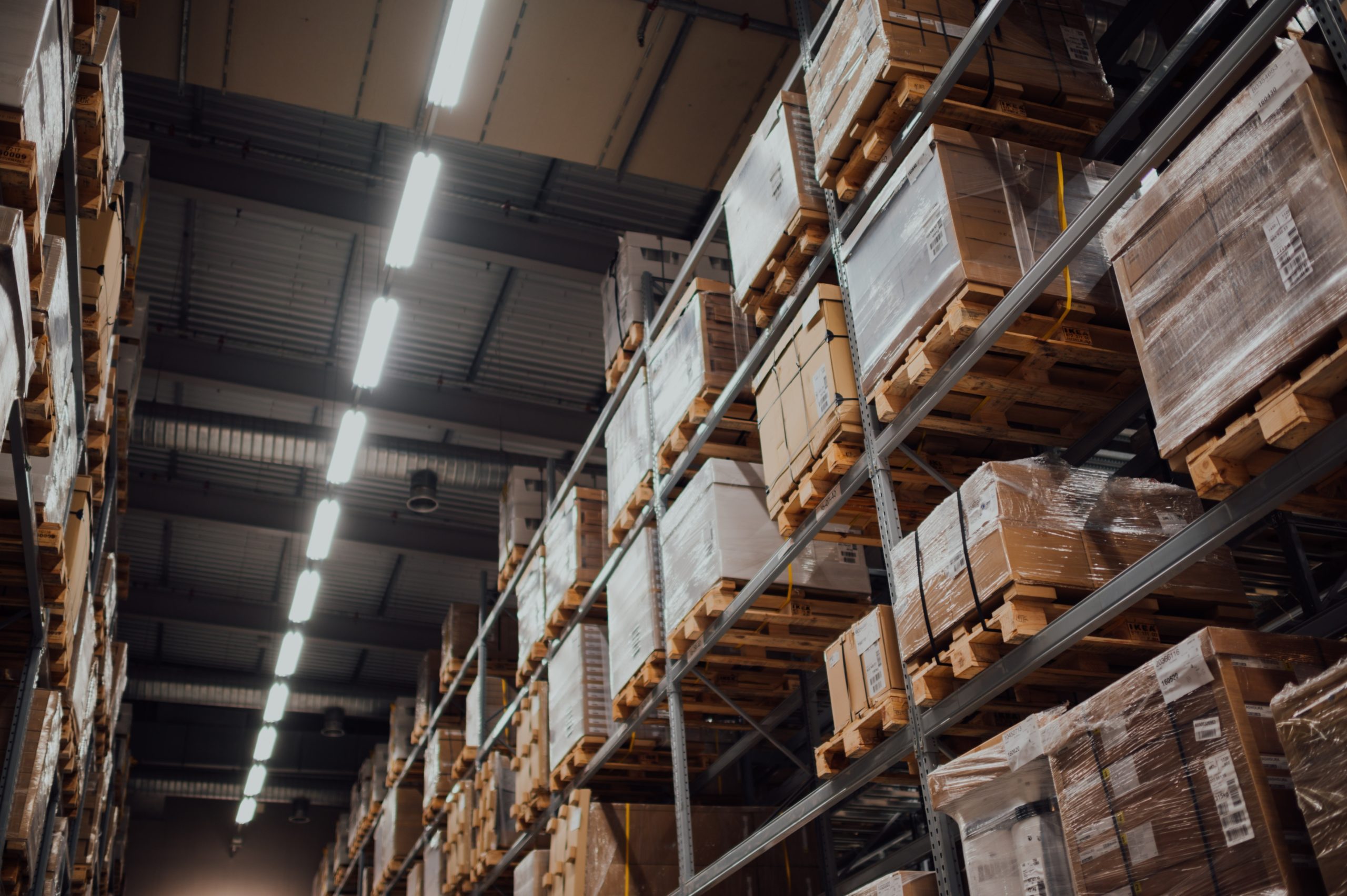Retail is on the cusp of entering Generation 5.0 (Retail 5.0), the next era of its evolution. In this new future phase of worldwide retail, growth for consumer packaged goods (CPG) brands will be driven by online shoppers on a relatively small number of giant online marketplaces, such as Amazon and Alibaba. By 2025, when online sales will account for around 40% of CPGs’ total sales, we expect that CPGs with operating models optimised for Generation 5.0 will out-compete their peers and dominate their categories.
What is the Fifth Generation of Retail (Retail 5.0)
Our analysts define Retail 5.0, the fifth generation of retail, as the next era of the sector’s evolution. This generation is characterised by marketplaces mastering personalisation at scale, big data being effectively leveraged, and category domination by fast-paced, agile brand manufacturers.
Two Challenges For Brands
With analysts forecasting that online sales will account for 40% of total CPG sales by 2025, the dominance of digital marketplaces will mean further digitisation and compression of retail channels. We believe this creates opportunities for CPGs to win big. We identified two priority challenges that CPG brands need to overcome to ensure long term survival: winning at capturing the marketplace shopper and winning at product innovation and delivery, and prioritising addressing these ends of the retail value chain.
Three Steps for Brand Growth
CPGs will not win the race to win over consumers with mass personalisation, when faced with the huge spending power, motivation and the network effects of marketplaces such as Amazon and Alibaba. Instead, CPGs should focus on which marketplaces are worth operating in and how to deploy winning strategies on those retailers. This should take the form of a three-step approach to a marketplace-centric growth strategy:
- Focus on leading global marketplaces and prioritise them: No two platforms, or the markets in which they operate, are alike. CPGs should develop a marketplace prioritisation framework based on factors such as priority markets, consumer and brand fit.
- Learn the marketplaces’ ecosystems and how to win on each: For example, on Amazon, CPGs should gain a deep understanding of what it takes to be on Amazon Prime and how to convert their shoppers to “subscribe and save” purchasing, locking them into a far stickier and more profitable relationship.
- Optimise marketing to capture marketplace consumers: CPGs should shift spend away from more traditional paid search and social marketing and allocate it to on-platform marketplace marketing with creative, targeted marketing messages around product benefits and value.
It is also important to highlight the need for CPGs to review their distribution models, ensuring at least 30% of stock is immediately available for rapid global distribution. Much like commodity traders, who trade inventory based on demand and supply dynamics to maximise profitability, the best CPG firms will allocate inventory to different marketplaces on a daily basis to optimise its yield and must also always meet surges in consumer demand on marketplaces globally, with no out of stocks. Sales events will continue to be a primary source of massive inventory demand surges globally, such as Alibaba’s Singles Day or Amazon Prime Day.
My Verdict
The message is clear: if you can’t beat ‘em, join ‘em. As the world becomes a smaller place and the technology gap between the big e-commerce marketplaces and everyone else grows ever wider, we recommend that CPG brands avoid following the crowd on mass personalisation and instead focus on implementing an effective marketplace strategy. We have already seen brands succeed by focusing on the optimisation of the areas of the value chain that they can leverage the most successfully in the fifth generation of retail.
Creating a super-agile product and innovation and distribution model, for example, led Inditex (owner of fashion label Zara) to transform not only its own business model but the entire global apparel industry. Their choice to prioritise consumer data-focused decision making allowed them to prioritise customer needs, providing an overall more satisfying end to end experience that customers favour. It may be tempting to continue to try and grow consumer relationships by focusing on mass personalisation, but it is very simply a race that cannot be won by brands and manufacturers. By taking steps as Indetix did to pivot where necessary, and focusing strategies on winning within these huge online marketplaces, the fifth generation of retail can still be won by CPG companies.
The Consumer Goods Forum and Edge by Ascential are hosting a virtual SpringBoard event on 4 March 2021. Join us as we unpack how companies can optimise their operations, strategy and marketing spend ahead of the new era in retail. We’ll be exploring the challenges and opportunities for consumer goods brands in Retail 5.0, and try to predict how this next evolution will be dominated by a handful of giant online marketplaces, and who will own the relationship with shoppers. Find out more.
This blog was written and contributed by:
Deren Baker
Executive Vice-President
Edge by Ascential



